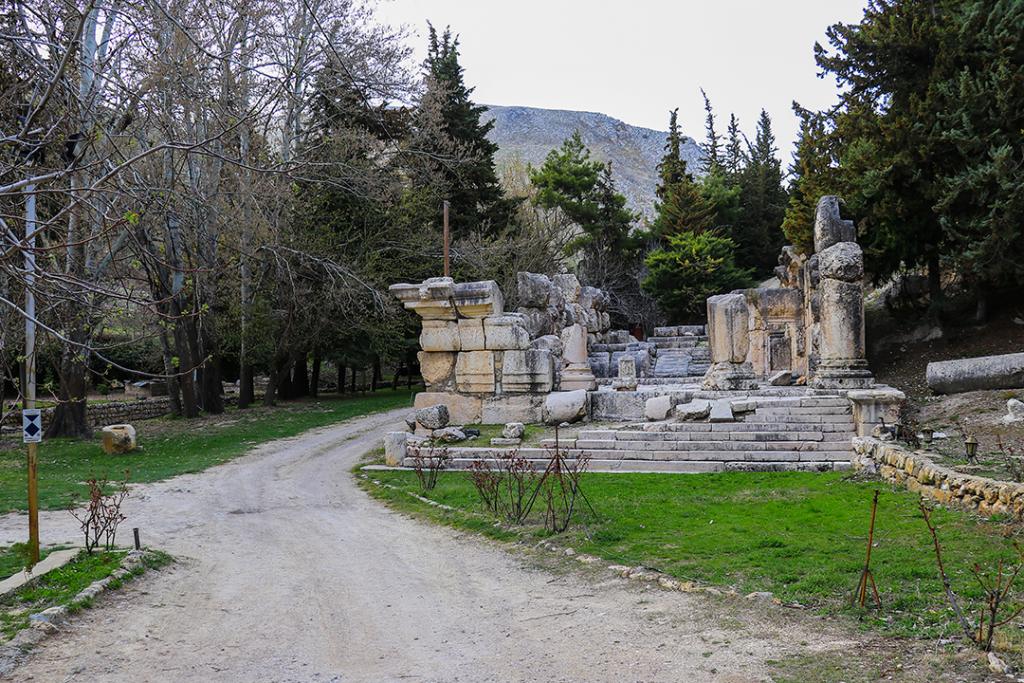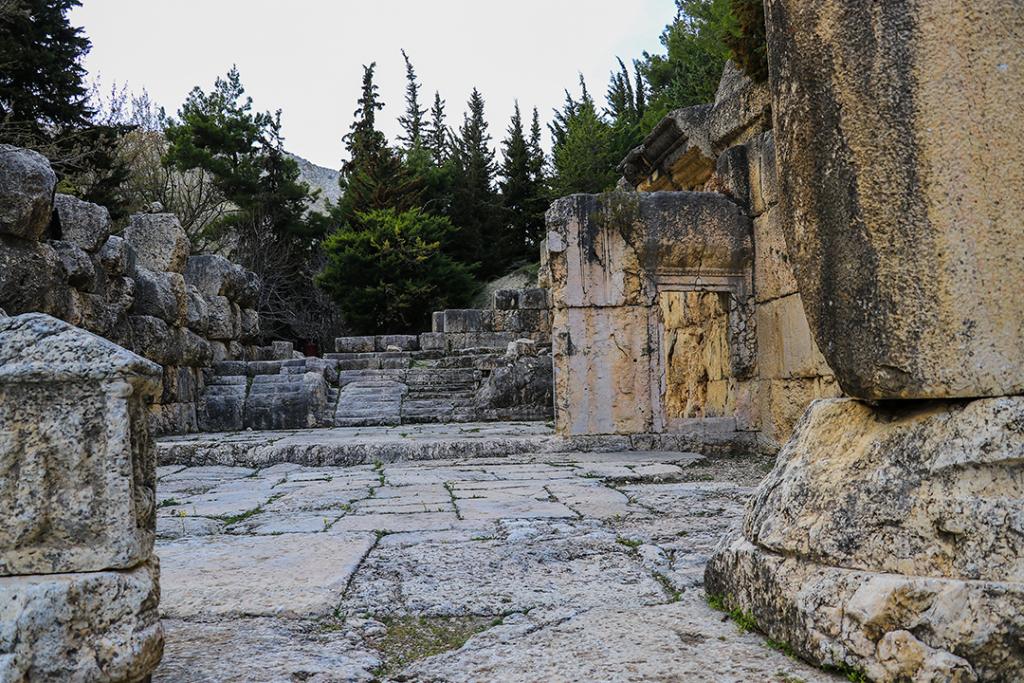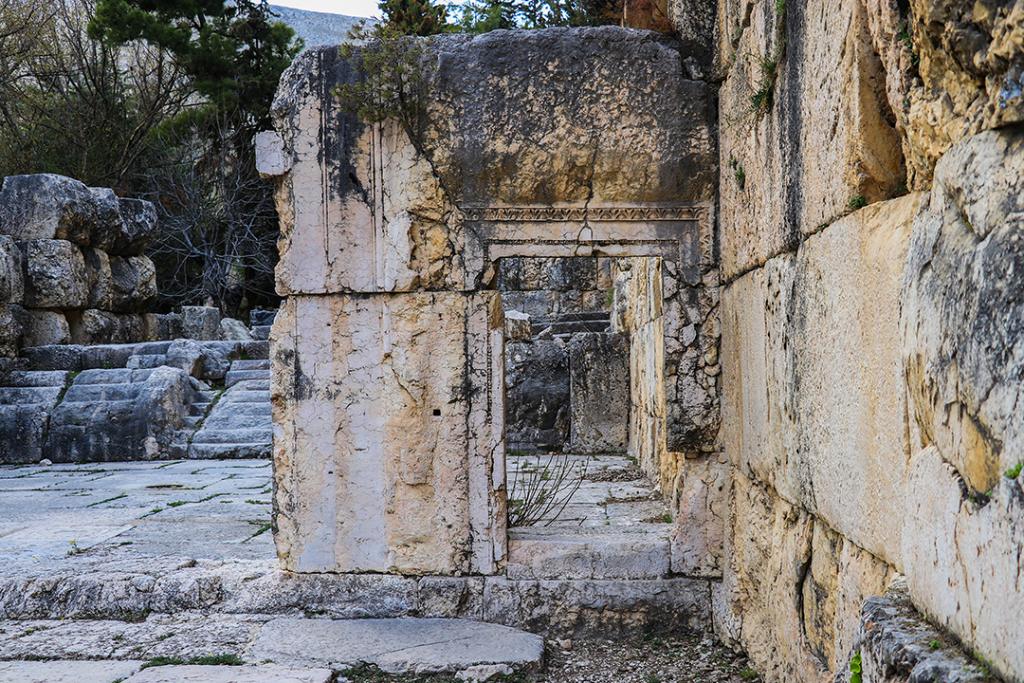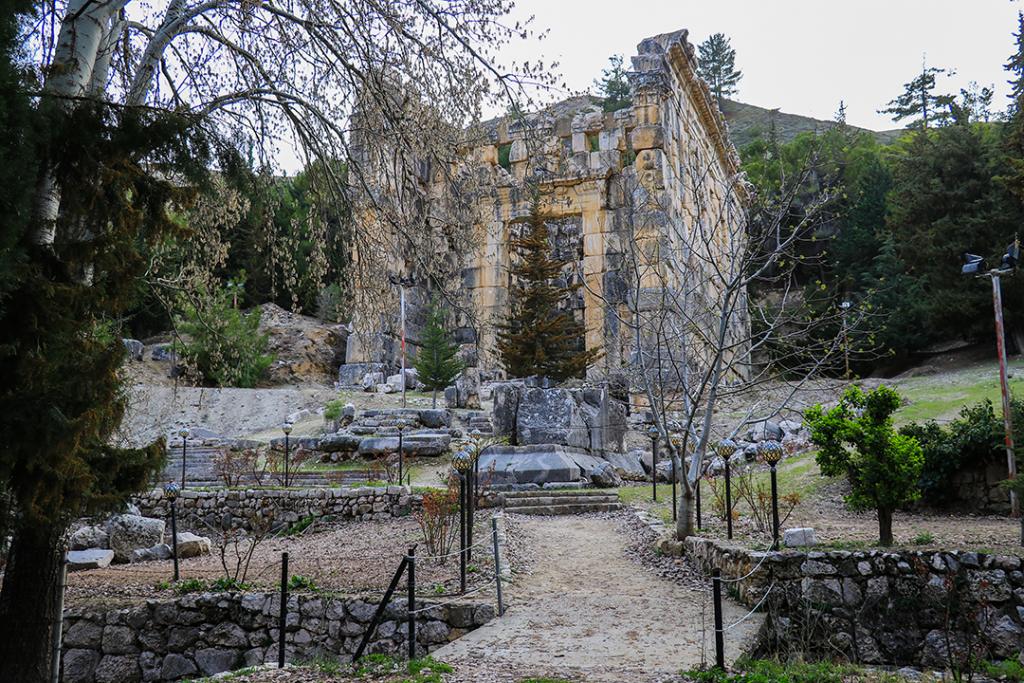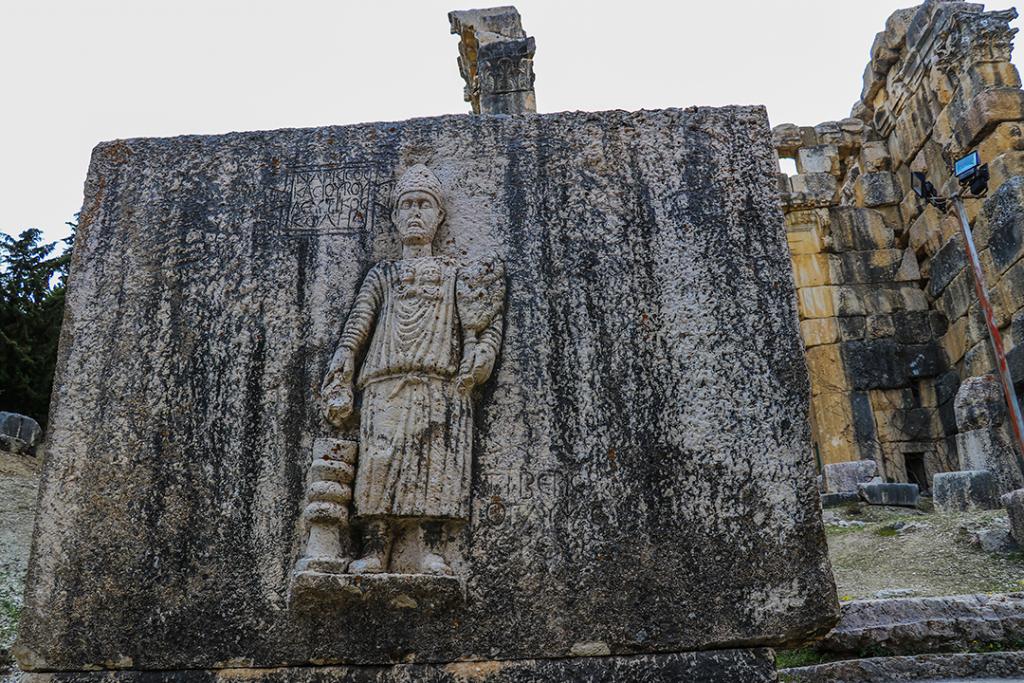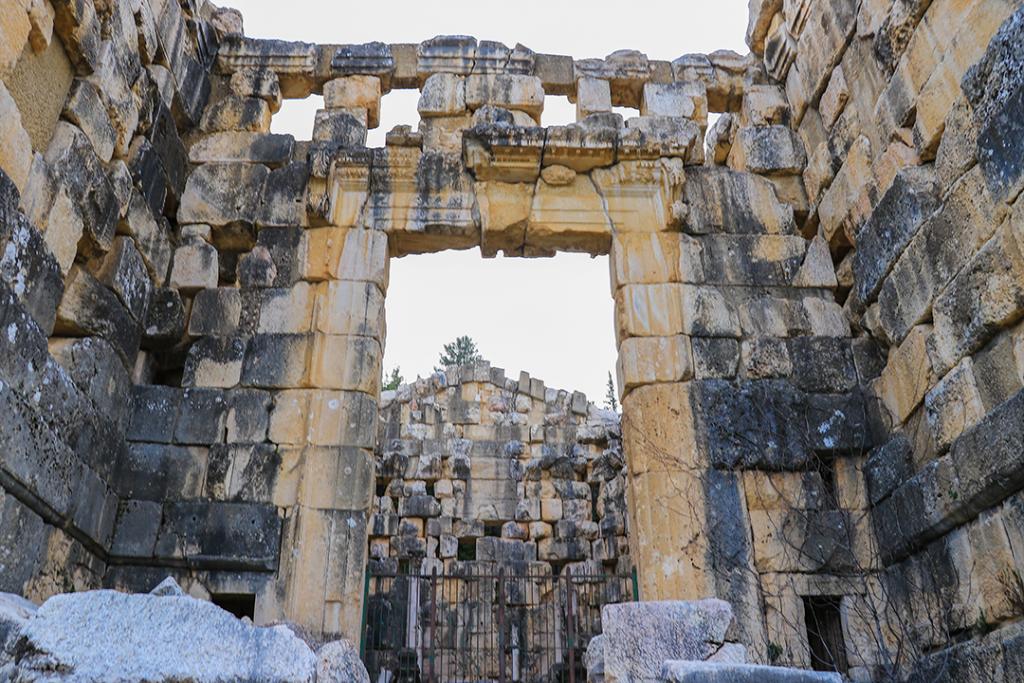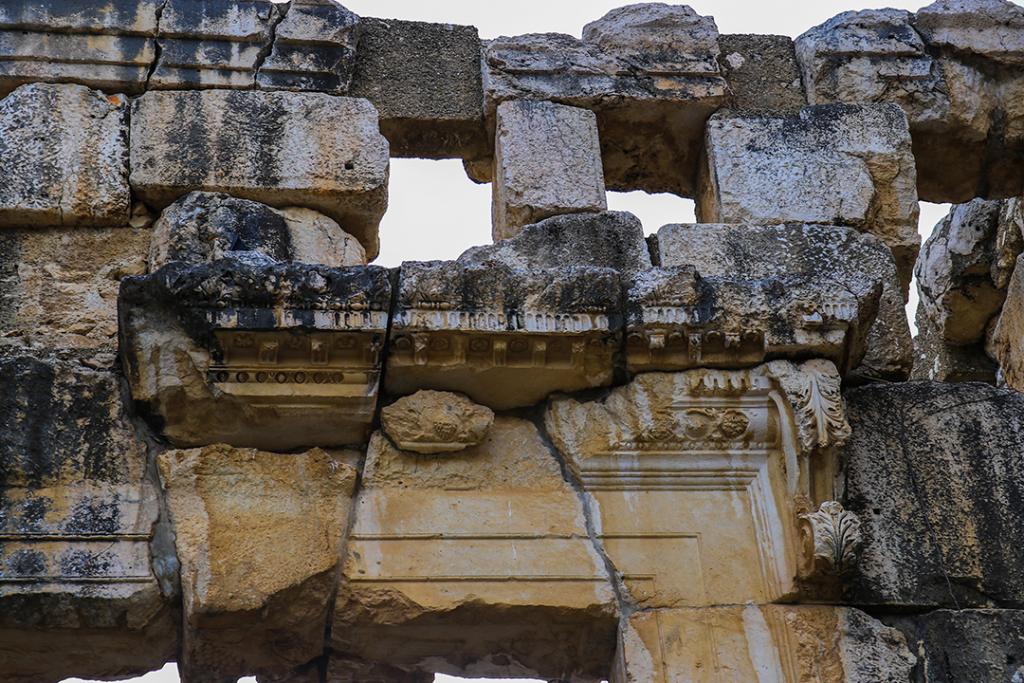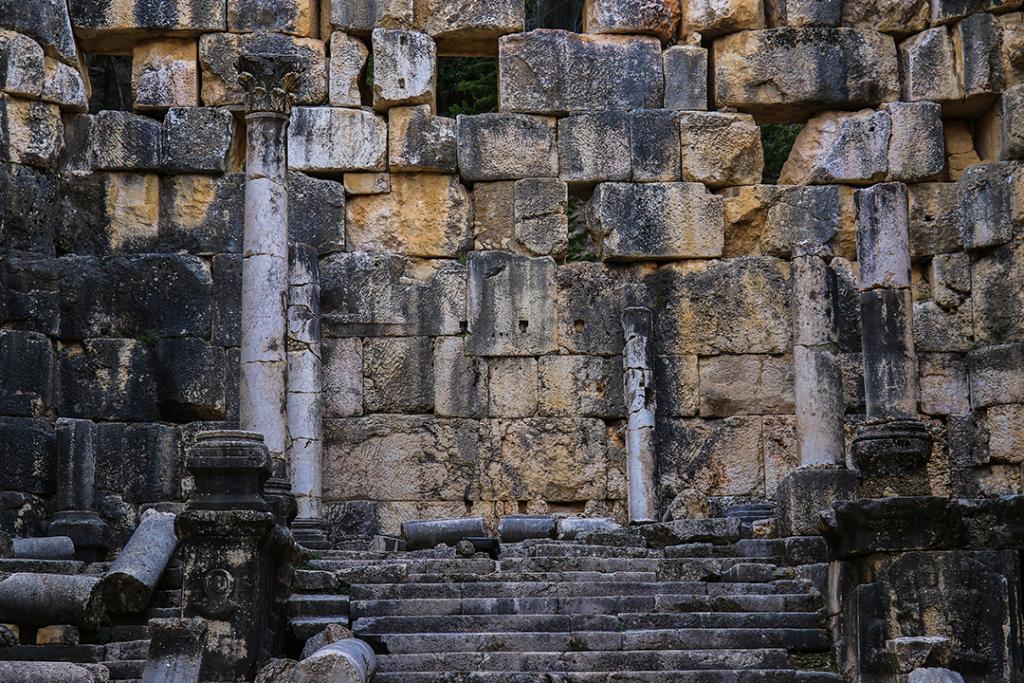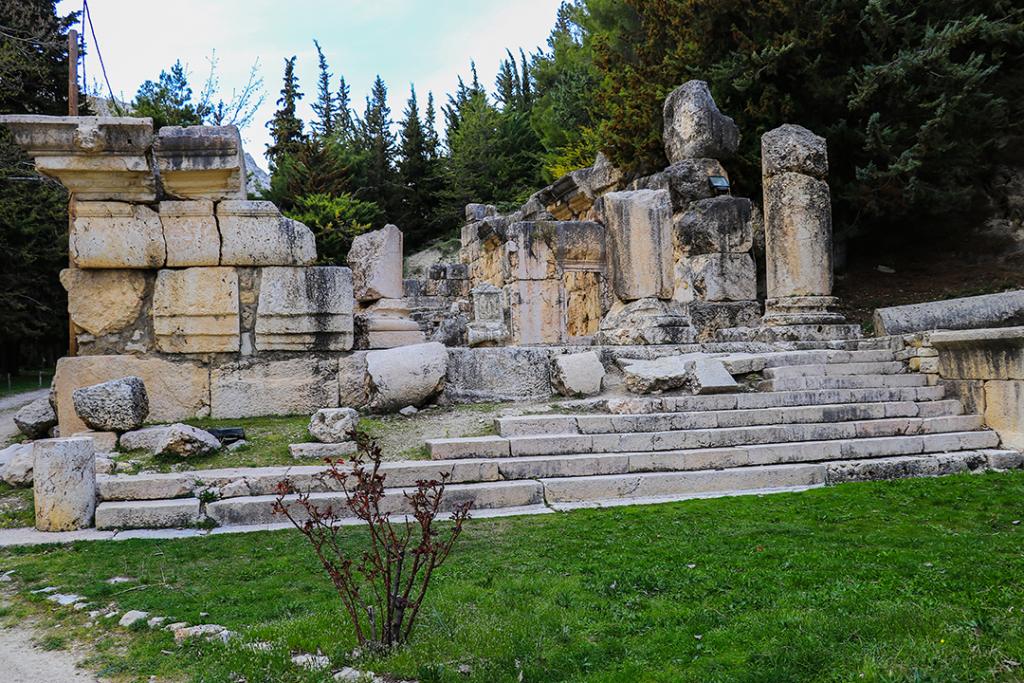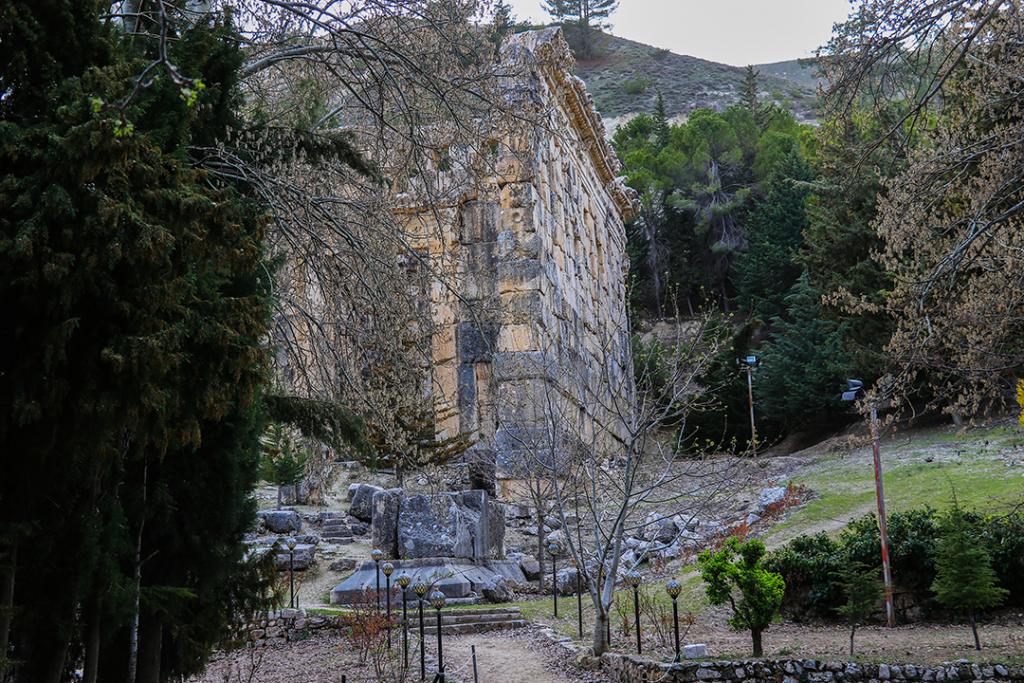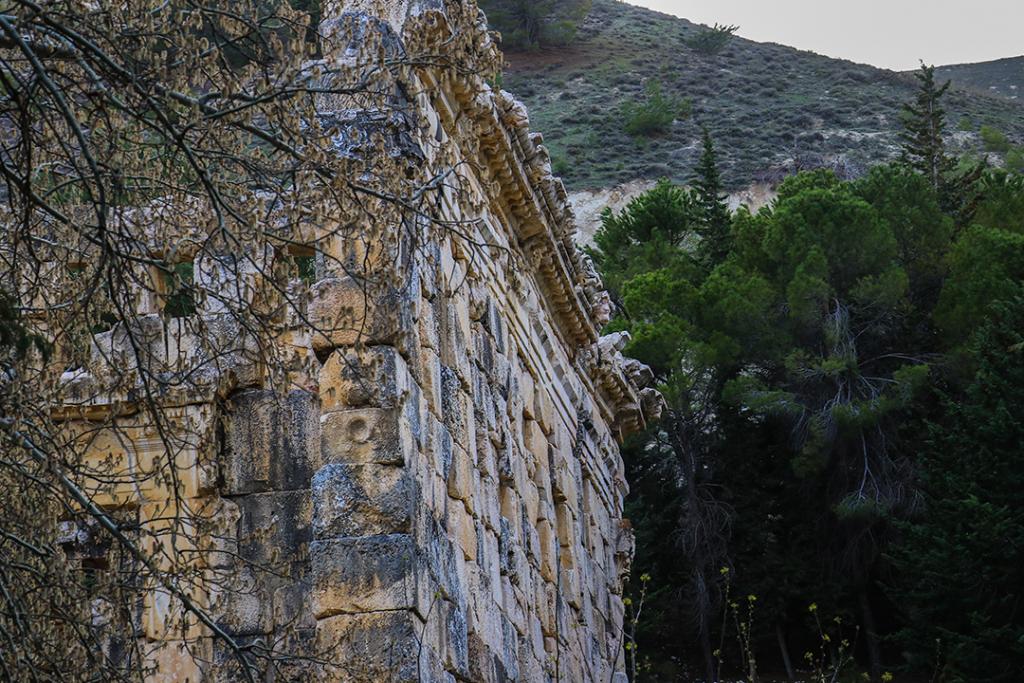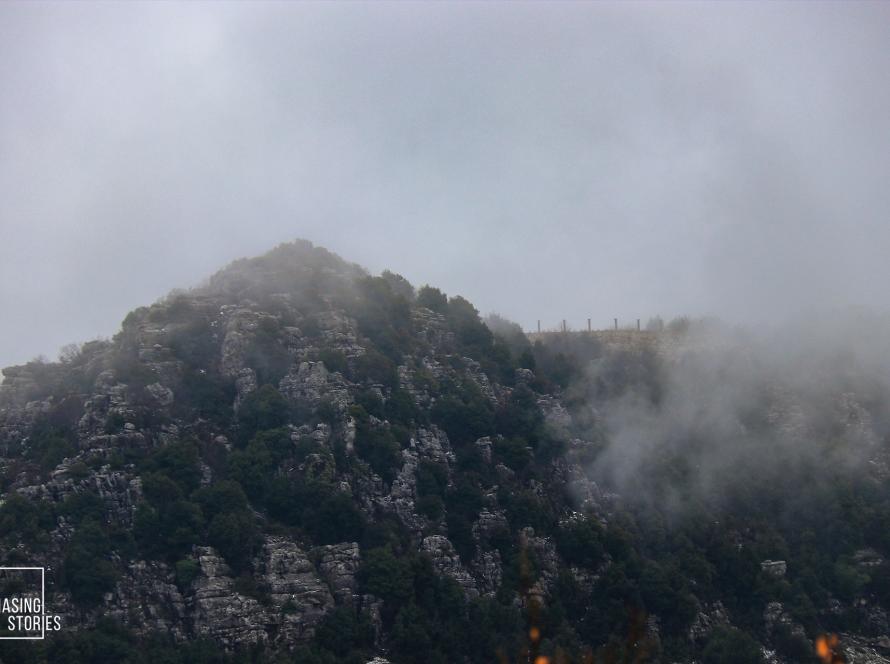In the heart of Lebanon’s Beqaa Valley lies a hidden gem of historical and archaeological significance: the Niha Temple. This ancient site, often overshadowed by Lebanon’s more famous ruins, offers a fascinating glimpse into the region’s rich history and its role in the ancient world. In this blog post, we’ll explore the Niha Temple’s historical background, architectural features, and the experience of visiting this remarkable site.
The Historical Significance of Niha Temple
Ancient Origins
The Niha Temple, also known as the Temple of Niha, dates back to the Roman period, around the 2nd century AD. It was dedicated to the Roman god Bacchus (Dionysus in Greek mythology), the deity of wine, fertility, and revelry. The temple was built during a time when the Roman Empire was expanding its influence in the region, and it reflects the syncretism between Roman religious practices and local traditions.
Cultural and Religious Context
The temple was an important religious center for the local population and served as a focal point for worship and community gatherings. It highlights the integration of Roman architectural and religious practices with the cultural heritage of the Beqaa Valley. The site provides valuable insights into the ancient religious practices and the cultural exchanges that took place during this period.
Architectural Features of Niha Temple
Temple Layout
The Niha Temple is notable for its well-preserved ruins, which showcase typical Roman temple architecture. The temple’s layout includes several key features:
- The Sanctuary: The inner sanctum of the temple, where religious ceremonies and offerings were made to the deity. This area is often the most elaborately decorated and includes the remains of an altar.
- The Courtyard: Surrounding the sanctuary, the open courtyard was used for communal activities and religious festivals. It was typically enclosed by a colonnade and may have featured statues or monuments.
- Columns and Carvings: The temple is adorned with columns and intricate carvings, reflecting the Roman architectural style. Some of the columns are still standing, offering a glimpse into the grandeur of the original structure.
Construction Materials
The temple was constructed using local limestone, which is abundant in the Beqaa Valley. The use of this material not only demonstrates the resourcefulness of the builders but also blends the temple seamlessly with the surrounding landscape. The stonework and carvings are a testament to the craftsmanship of the era.
Visiting Niha Temple
Getting There
The Niha Temple is located in the village of Niha in the Beqaa Valley, approximately 25 kilometers southeast of the city of Zahle. The site is accessible by car, and visitors can find parking near the entrance. The journey to the temple takes you through the scenic landscapes of the Beqaa Valley, adding to the anticipation of reaching this ancient site.
Exploring the Site
- Guided Tours: To fully appreciate the history and significance of Niha Temple, consider joining a guided tour. Knowledgeable guides can provide valuable insights into the temple’s history, architecture, and cultural context.
- Photography: The well-preserved ruins and scenic surroundings offer excellent opportunities for photography. Capture the details of the carvings, the majestic columns, and the panoramic views of the valley.
- Walking Paths: Explore the walking paths around the temple to enjoy the natural beauty of the Beqaa Valley. The site offers peaceful surroundings and a chance to connect with Lebanon’s ancient past.
Tips for Visitors
- Wear Comfortable Shoes: The terrain around the temple can be uneven, so wear comfortable shoes suitable for walking.
- Bring Water and Snacks: There are limited facilities at the site, so bring water and snacks to keep yourself refreshed during your visit.
- Respect the Site: As with any historical site, be respectful of the ruins and follow any guidelines provided to help preserve the temple for future generations.
Conclusion
The Niha Temple is a captivating destination that offers a unique window into Lebanon’s ancient past. Its well-preserved ruins, rich history, and scenic location in the Beqaa Valley make it a must-visit site for history enthusiasts and travelers seeking to explore Lebanon’s cultural heritage. Discover the ancient mysteries of Niha Temple and immerse yourself in the beauty and history of one of Lebanon’s hidden treasures.
